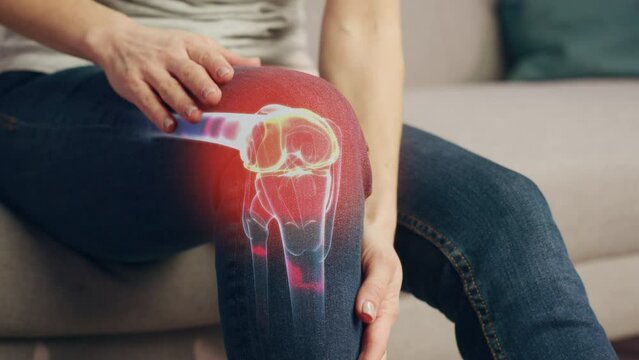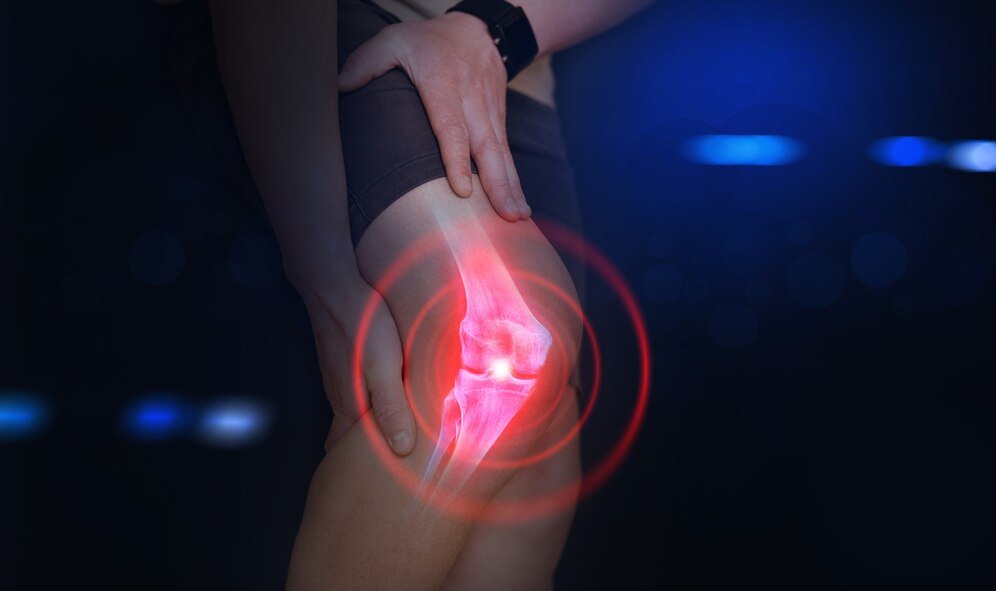Knee pain is a prevalent issue affecting millions of people worldwide, often stemming from injuries, arthritis, or other musculoskeletal conditions. Traditional rehabilitation methods, while effective, may not always provide optimal outcomes due to various limitations. However, the emergence of virtual reality (VR) therapy offers a promising avenue for enhancing knee pain rehabilitation. By immersing patients in virtual environments tailored to their needs, VR therapy has shown remarkable potential in improving outcomes, reducing pain, and enhancing overall rehabilitation experiences.
Understanding Virtual Reality Therapy

Virtual reality therapy involves the use of immersive digital environments to simulate real-life scenarios or activities. These environments are created using advanced computer graphics and sensory technologies, allowing users to interact with and navigate through virtual spaces. In the context of knee pain rehabilitation, VR therapy offers a unique approach by incorporating specific exercises, tasks, and simulations designed to address pain, improve mobility, and promote healing.
The Role of Virtual Reality in Knee Pain Rehabilitation
1. Pain Management: One of the primary benefits of VR therapy in knee pain rehabilitation is its ability to alleviate discomfort and reduce pain levels. By diverting patients’ attention away from their pain, virtual environments can create a distraction that effectively reduces the perception of pain. Additionally, immersive experiences can trigger the brain’s release of endorphins, natural pain-relieving chemicals, further enhancing pain management.
2. Engagement and Motivation: Traditional rehabilitation exercises can often be monotonous and repetitive, leading to decreased patient motivation and adherence. In contrast, VR therapy offers an engaging and interactive experience that captivates users’ attention and encourages active participation. Through gamification elements, challenges, and rewards, VR environments motivate patients to complete exercises and stay committed to their rehabilitation regimen.
3. Functional Rehabilitation: VR therapy enables clinicians to create customized rehabilitation programs tailored to each patient’s specific needs and functional goals. Whether recovering from knee surgery, managing chronic pain, or improving mobility, virtual environments can simulate various activities and movements relevant to everyday life. From walking and stair climbing to balance and coordination exercises, VR therapy facilitates functional rehabilitation in a safe and controlled setting.
4. Real-time Feedback and Monitoring: Another advantage of VR therapy is its ability to provide real-time feedback and performance monitoring during rehabilitation sessions. Using motion-tracking sensors and biofeedback devices, clinicians can assess patients’ movements, alignment, and progress within the virtual environment. This immediate feedback allows for adjustments to exercise intensity, technique, or goals, optimizing the effectiveness of treatment.
5. Neuroplasticity and Brain Training: VR therapy offers opportunities for neuroplasticity, the brain’s ability to reorganize and adapt in response to new experiences and stimuli. By engaging in virtual activities that challenge cognitive and motor skills, patients can stimulate neural pathways associated with movement and pain perception. Over time, this neuroplasticity may lead to improved motor function, pain modulation, and overall rehabilitation outcomes.
Case Studies and Research Findings
Numerous studies have explored the efficacy of VR therapy in knee pain rehabilitation, yielding promising results. For example, a randomized controlled trial conducted by researchers at Stanford University found that patients who underwent VR-based rehabilitation after knee replacement surgery reported less pain and greater satisfaction compared to those receiving traditional therapy. Similarly, a systematic review published in the Journal of Medical Internet Research concluded that VR interventions were effective in reducing pain and improving physical function in patients with knee osteoarthritis.
Future Directions and Considerations
While VR therapy holds considerable promise for knee pain rehabilitation, several considerations must be addressed to maximize its potential. These include ensuring accessibility and affordability of VR technology, designing evidence-based protocols and interventions, and integrating VR therapy into existing rehabilitation frameworks. Furthermore, ongoing research is needed to elucidate the long-term effects, optimal dosing, and patient selection criteria for VR-based interventions.

Conclusion
Virtual reality therapy represents a groundbreaking approach to knee pain rehabilitation, offering innovative solutions for pain management, functional recovery, and patient engagement. By harnessing the immersive power of VR technology, clinicians can enhance the effectiveness of rehabilitation programs and improve outcomes for individuals with knee pain. As research continues to advance and technology evolves, VR therapy is poised to play an increasingly vital role in the comprehensive care of patients with knee-related musculoskeletal conditions.
For any further queries, Plz visit drsmitagulatipainrelief.com




